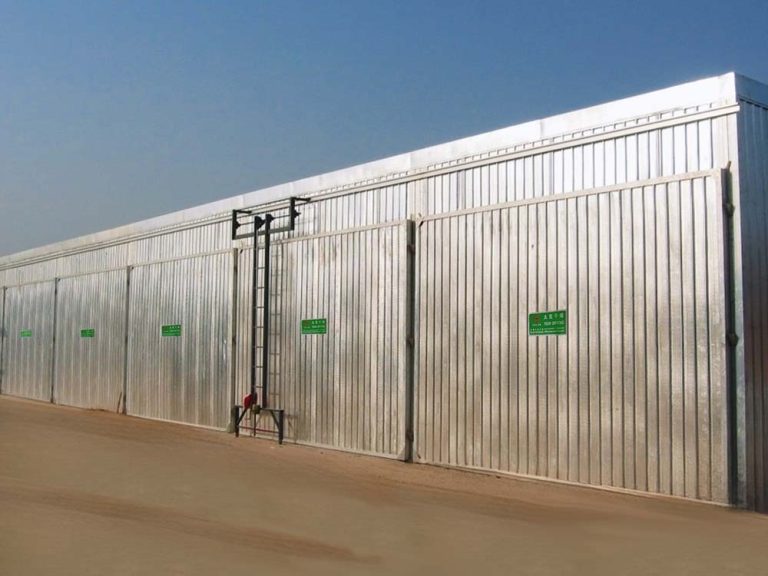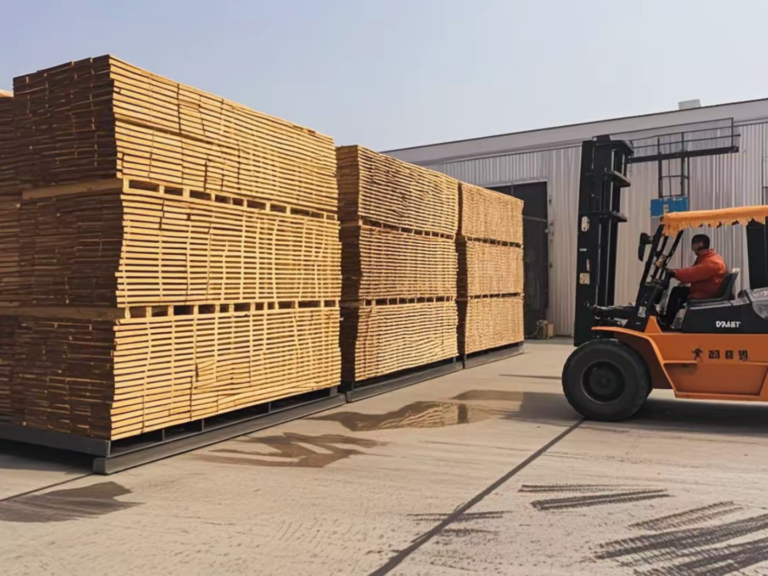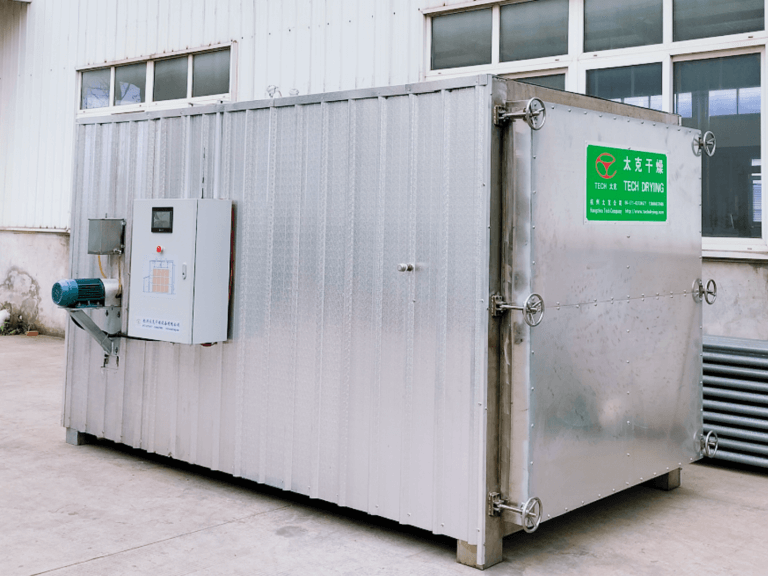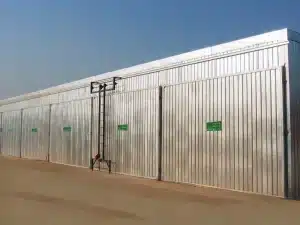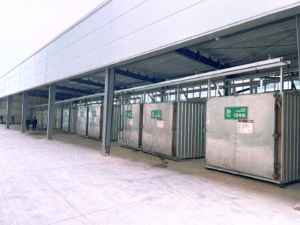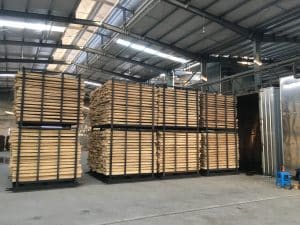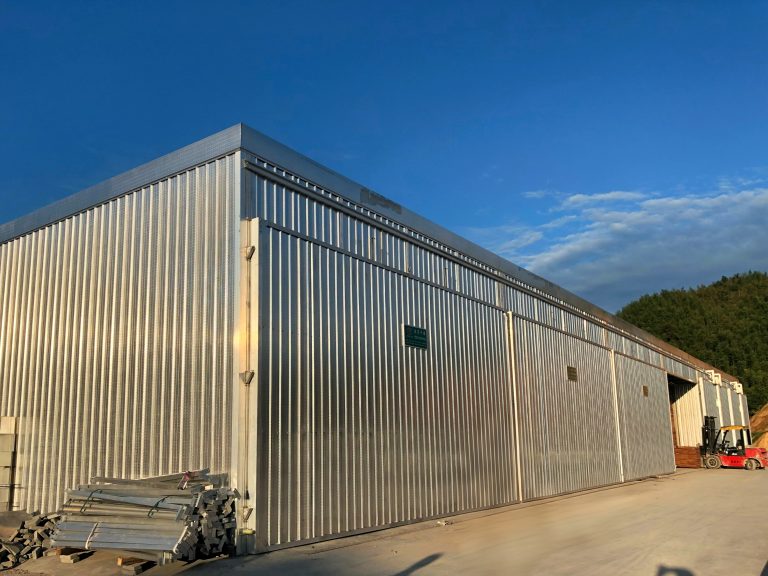
Proper wood drying is essential for producing high-quality, durable, and dimensionally stable lumber. Drying reduces weight, lowers shipping costs, and prevents defects such as warping, splitting, and checking. Correctly dried lumber is easier to machine, join, and finish.
Why Industrial Wood Drying Matters
Wood must be properly dried before gluing or applying fire-retardant or decay-preventing chemicals. Controlled drying ensures:
- Cost efficiency: Less water weight reduces transport and handling costs.
- Dimensional stability: Limits shrinkage and swelling.
- Enhanced strength: Dried wood is stronger than green lumber.
- Ease of machining & assembly: Wood can be cut and joined precisely.
- Better finishes: Paints, varnishes, and other coatings adhere more effectively.
Recommended moisture content values for various wood items at time of installation

Kiln Drying: Fast, Controlled, and Efficient
Kiln drying accelerates wood drying with higher temperatures and faster air circulation. Proper kiln schedules control temperature and humidity to match moisture content and reduce internal stress.
Benefits of Kiln Drying
Speeds up drying compared to air drying
Reduces shrinkage and surface cracks
Provides consistent quality for industrial applications

How Moisture Moves in Wood
Water moves in wood both as liquid (capillary action) and vapor (diffusion). Drying has two phases:
Movement from interior to surface
Evaporation from the surface
Air circulation is crucial: slow circulation slows drying and may allow mold growth, while too fast drying wastes energy and can cause surface checking.
Factors Affecting Moisture Movement
Wood species: Lighter woods dry faster due to more air spaces.
Grain orientation: Flatsawn lumber dries faster than quartersawn.
Sapwood vs. heartwood: Sapwood dries faster; heartwood may reach final moisture content equally fast.
Environmental conditions: Lower humidity and higher temperature accelerate drying, but must be controlled to avoid defects.
Understanding Drying Stresses
Drying stresses arise from differential shrinkage between the outer shell and inner core.
Early in drying, the shell shrinks while the core is still wet, creating tension in the shell and compression in the core. Surface cracks (checking) may appear.
Later, stress reverses: core in tension, shell in compression, which can lead to internal cracks (honeycomb).
Differential shrinkage in radial, tangential, or longitudinal directions and presence of juvenile/reaction wood can cause warping.

Types of Industrial Kilns
Forklift Kilns
Entire kiln designed for forklift loading and unloading
Flexible for various lumber sizes and batch schedules
Suitable for medium to large production facilities
Can use steam or hot air for heating
Track-Loaded Kilns
Lumber stacked on trucks and rolled on tracks
Common for softwood lumber
Package-Loaded Kilns
Stacks lifted with forklifts
Ideal for hardwood lumber
Dehumidification Kilns
Remove moisture via condensation instead of venting
Energy-efficient
Often used for premium lumber
All kilns use forced-air circulation, moving air perpendicular to lumber along spacers for uniform drying.
Choosing the Right Drying Solution
Selecting the right kiln and controlling moisture content ensures efficiency, reduces waste, and produces high-quality, stable lumber. Proper wood drying protects your investment, improves machinability, and enhances finish quality for construction, furniture, and millwork applications. Learn more at TECH DRYING.

